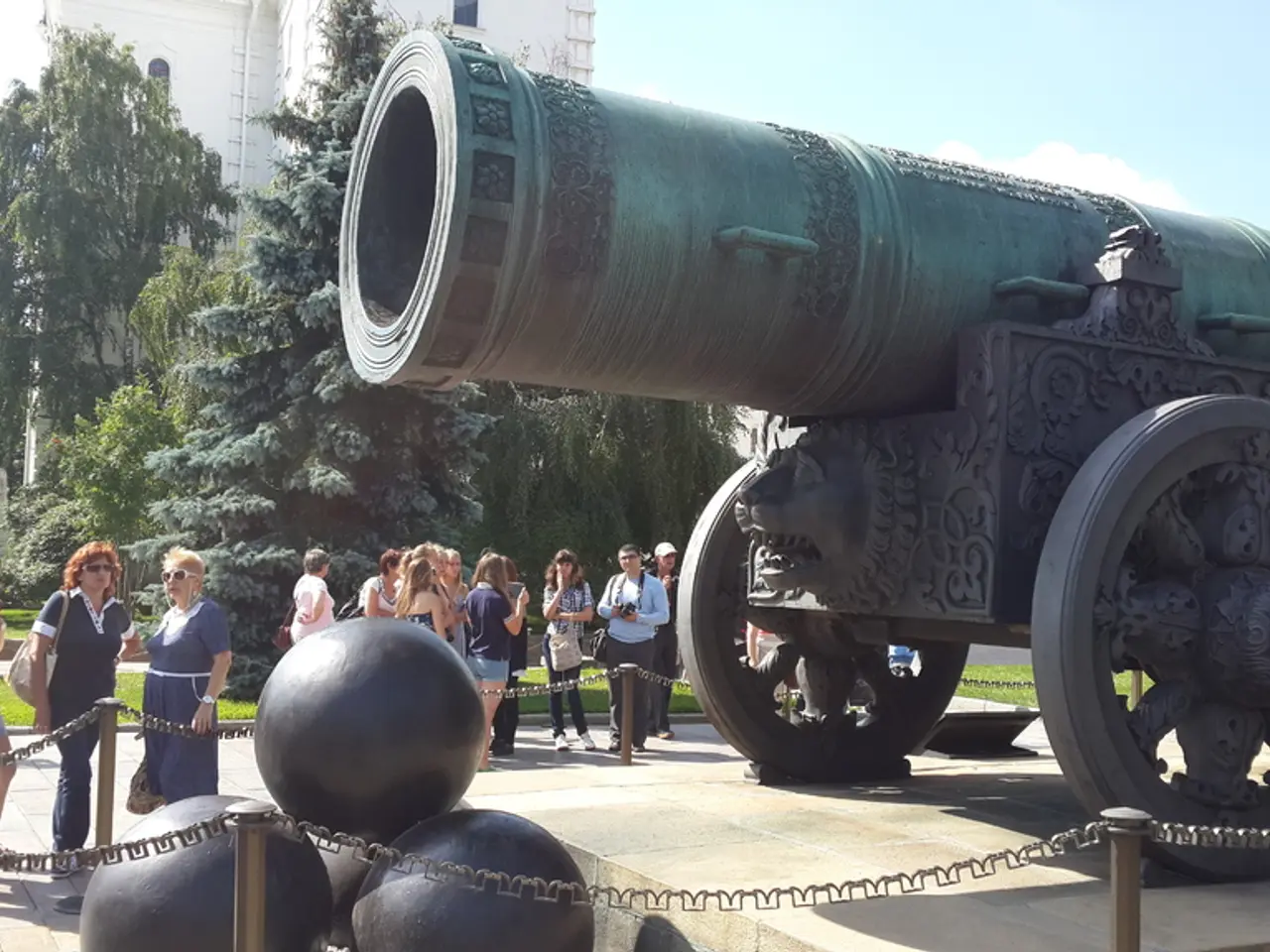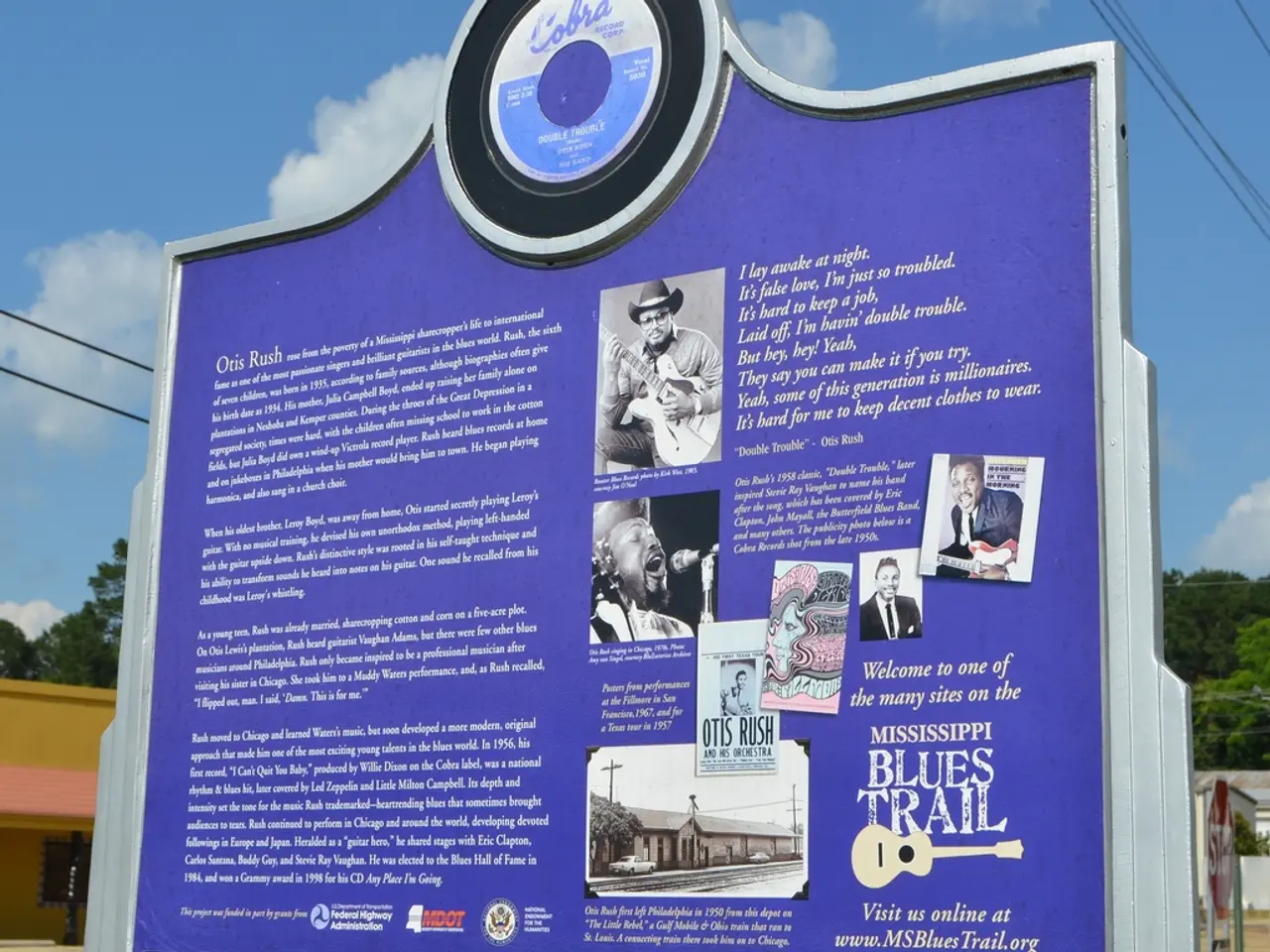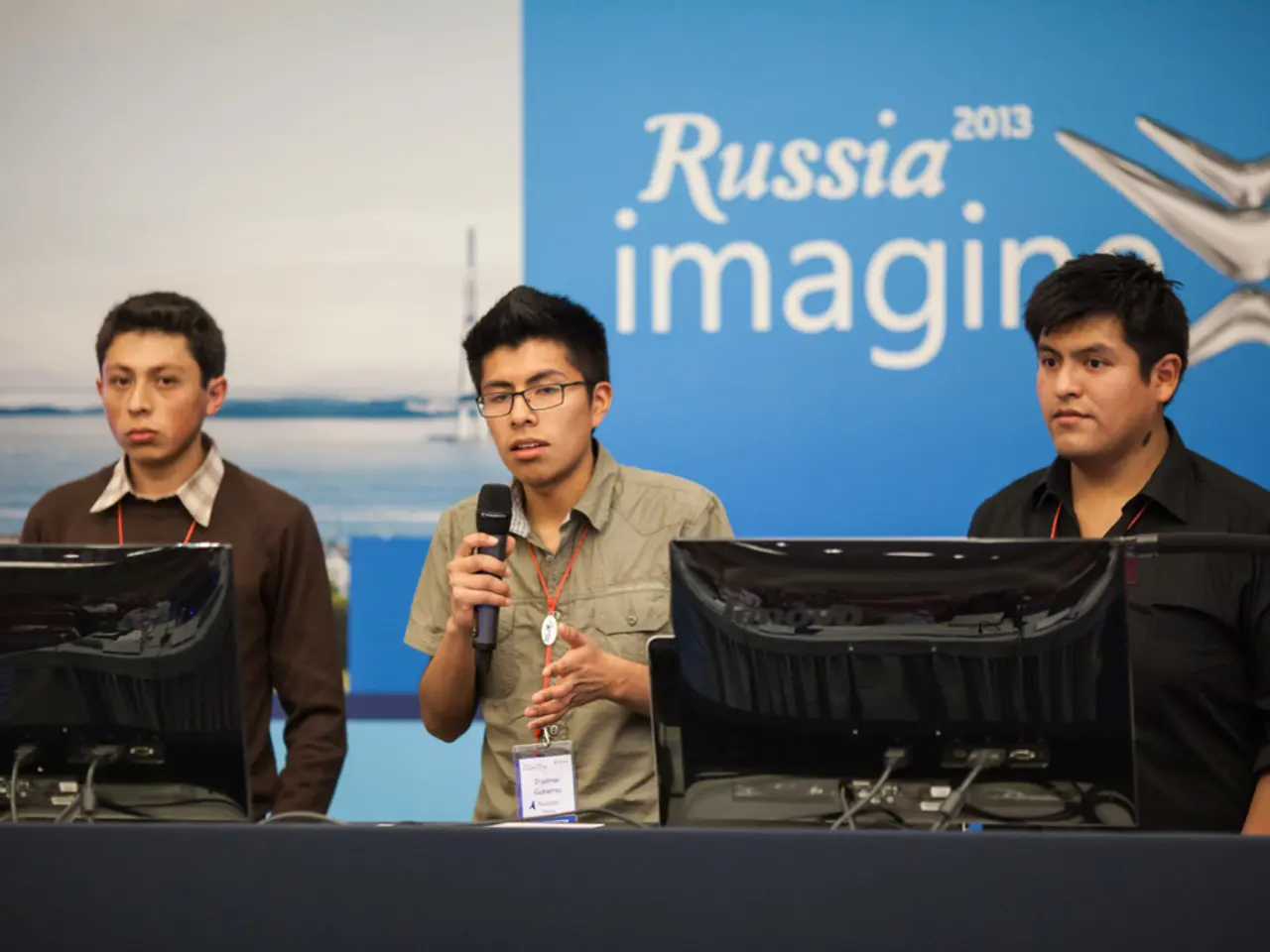Captivating Images of the Perseids Meteor Shower
Photographing the Perseids meteor shower can be an exciting and rewarding experience. Here are some key steps to help you capture dramatic images of this celestial event using your smartphone or camera.
Preparation
- Secure your device: Whether you're using a smartphone or a camera, ensure it's stable by placing it in a holder or tripod, or by setting it against a fixed object. This is crucial for long exposures needed to capture meteors.
- Find the right location: Shoot during dark, clear skies away from light pollution, ideally when the moon is not bright or before moonrise. Urban environments may limit your visibility, so consider moving to a location with less light pollution if possible.
Equipment
- Use a wide-angle lens or your smartphone's widest field of view. This maximizes sky coverage, increasing the chance of capturing meteors. For smartphones, consider using night mode or long exposure apps.
- For cameras, use settings optimized for low light: long exposures (several seconds), high ISO sensitivity, and a wide aperture to allow maximum light capture.
- If you're using an Android device, check your camera settings to activate the night mode, or select it via the photo modes above the shutter symbol in the normal camera mode. iPhone users can use the night mode, which appears automatically in low light when the flash is turned off.
Timing
- The peak viewing and photo time is from midnight until dawn, when the Perseids radiant is highest and meteors are most frequent. The night from August 12th to 13th, between 2 and 4 am, is optimal for observing the Perseids.
Additional Tips
- Point your camera roughly toward the northeastern sky near the Perseus constellation, but capturing a broad area overhead maximizes meteor chances since meteors can appear anywhere.
- If possible, consider using a star tracker with a camera to allow longer exposures and sharper stars without trails, enhancing meteor photography.
- To avoid moisture condensation issues on your lens in humid areas, consider using a lens warming band.
- Remember, the tactic for photographing shooting stars is to take many pictures and discard those without shooting stars. Combining several pictures later in photo editing can result in multiple shooting stars in one picture.
- Unfortunately, the Moon will be full on August 9th, which may provide plenty of moonlight on the night of August 13th, potentially reducing the number of visible meteors. However, noticeable numbers of meteors can still be seen in the nights before and after August 12th.
By following these steps, you'll be well on your way to capturing stunning images of the Perseids meteor shower. Happy shooting!
Science and technology can greatly enhance your space-and-astronomy experience of capturing the Perseids meteor shower. Long exposures are crucial for smartphones and cameras, so utilize a tripod or fixed object for stability. (Preparation)
To maximize sky coverage and increase chances of capturing meteors, consider using a wide-angle lens or your smartphone's widest field of view for low light settings. (Equipment)




